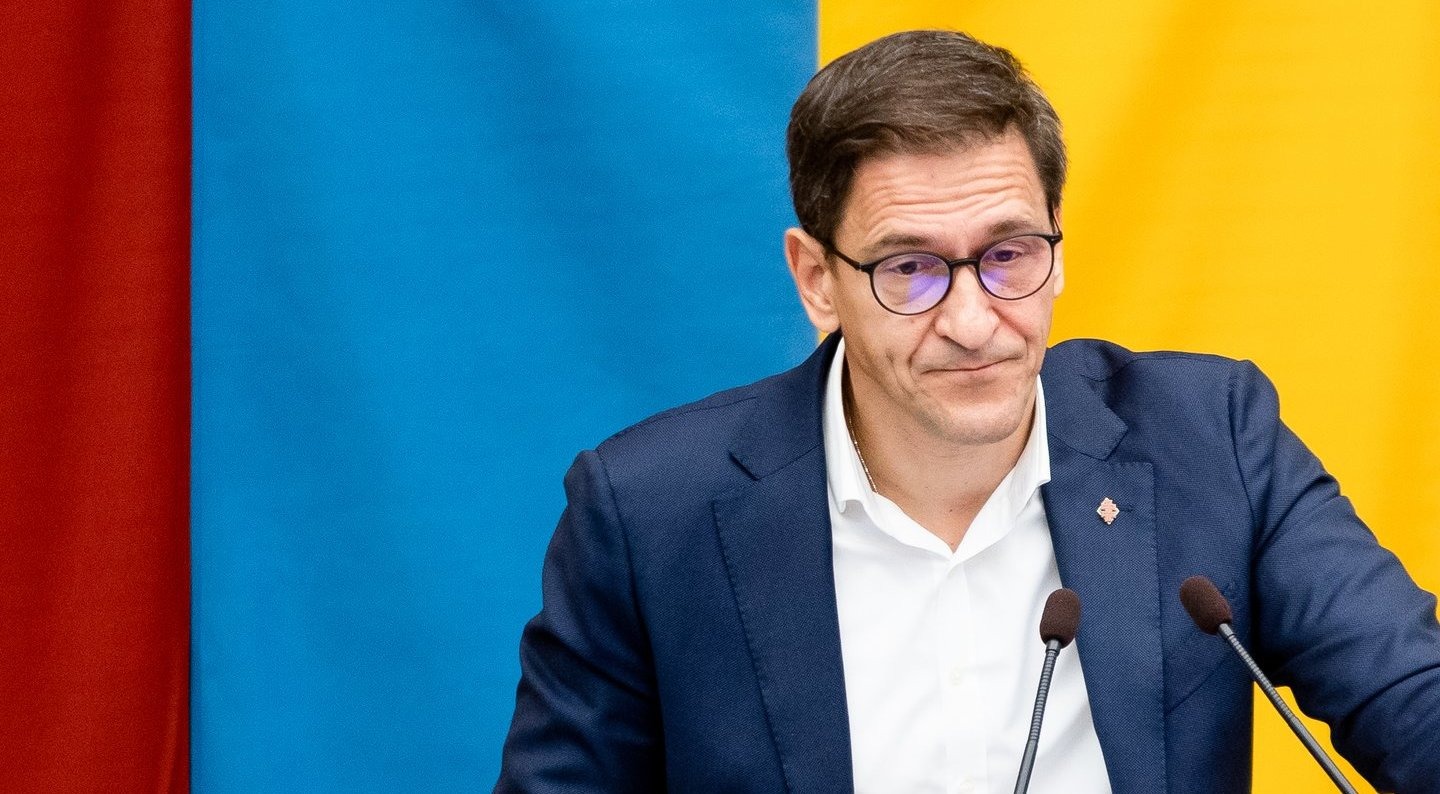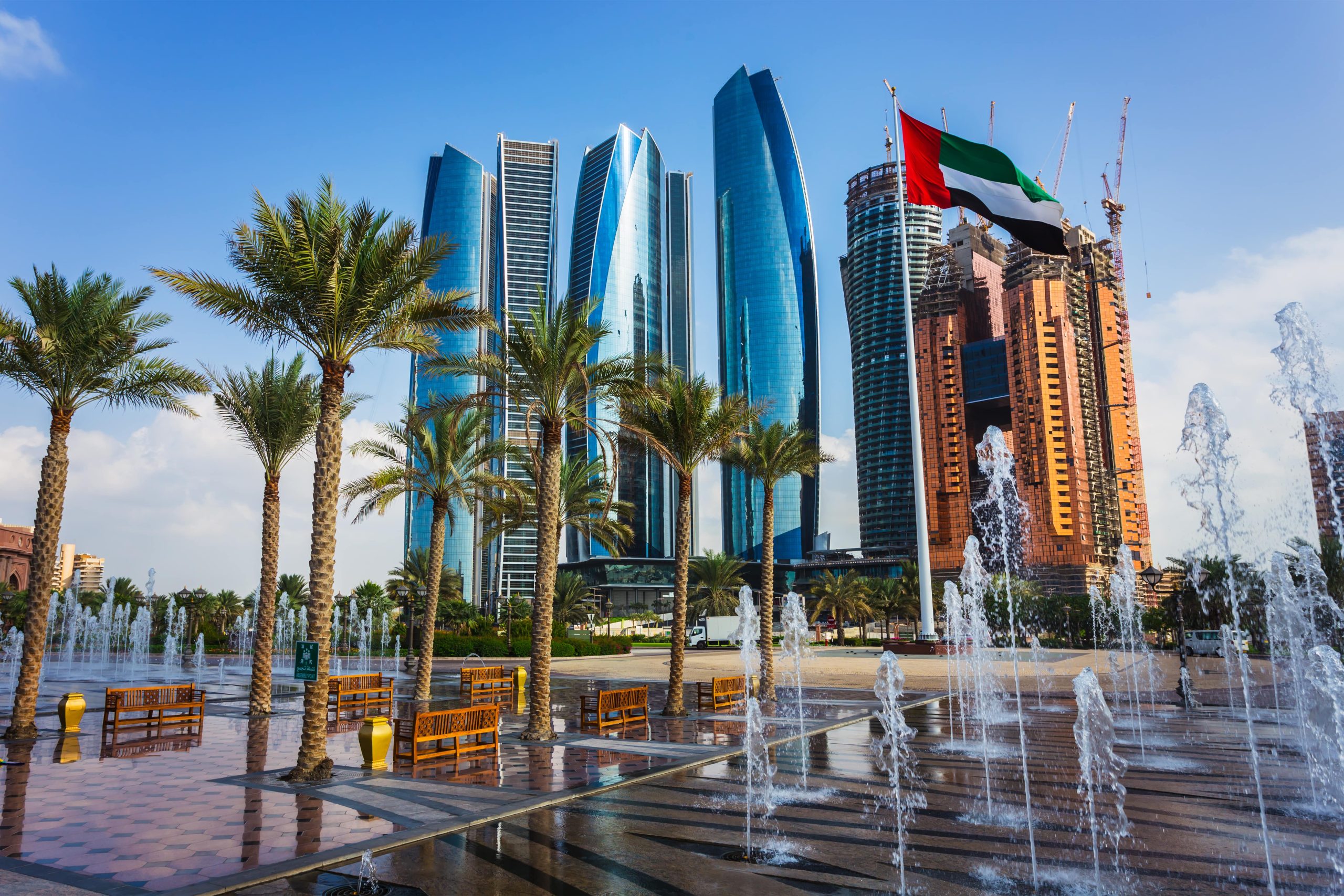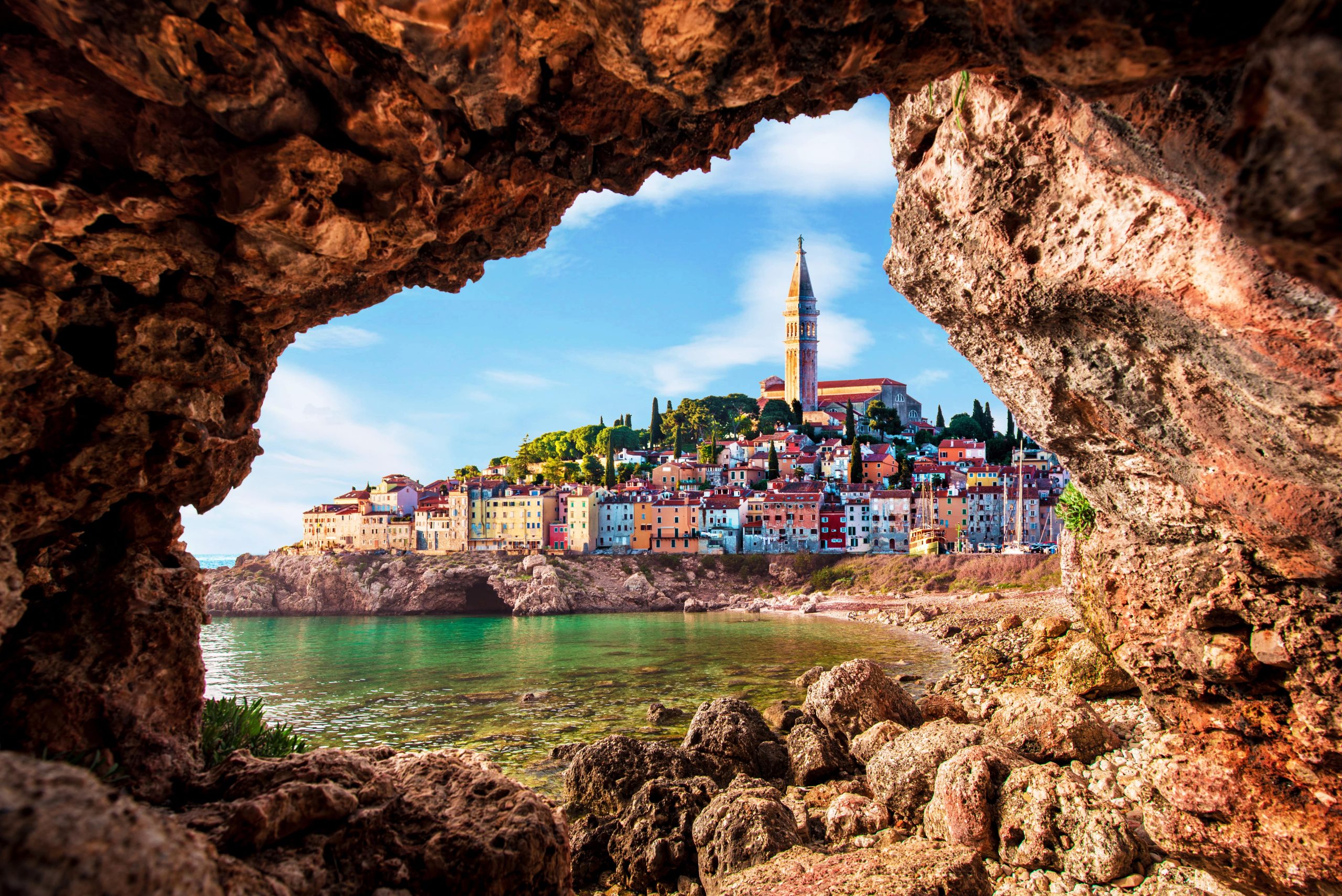MoE Dainius Kreivys Sets Out Two Decade Hydrogen Plan

The Lithuanian government has given the green light to an action plan for hydrogen development until 2050. The guidelines were prepared by the Minister of Energy Dainius Kreivys.
The document outlines the strategic directions and milestones for hydrogen development, the business environment and the challenges of employing hydrogen technologies. Lithuania plans to mainly use hydrogen in the industrial and transport sectors.
The possibility of using it for electricity generation will also be evaluated. The Ministry of Energy must develop an action plan to implement these guidelines with state institutions and social partners.
The hydrogen development roadmap – ambitious!
The Ministry of Energy states that green hydrogen is essential for decarbonising industry and transport. It will also ensure the further development of renewable electricity, utilising periods of electricity surplus. This provides an opportunity for energy independence and meeting the growing electricity demand.
“Our goal is to become one of the Baltic region’s leaders in producing and exporting green hydrogen in 2050, harnessing its energy potential in the transport, industrial and energy sectors. The roadmap is ambitious. We will now plan and coordinate the necessary steps to build the hydrogen ecosystem and infrastructure with our social partners,” said Kreivys.
Lithuania wants to achieve a climate-neutral economy
According to Dainius Kreivys , the guidelines for hydrogen development will help achieve Lithuania’s obligations to reduce greenhouse gases.
Kreivys believes it promotes a climate-neutral economy – one of the European Union’s aims. EU investments in green hydrogen development until 2050 are estimated to reach 180-470 billion euros.
Additionally, the roadmap sees green hydrogen as:
- A means of replacing fossil fuels in some polluting industrial processes;
- An alternative fuel in the transport sector;
- A means of balancing the energy system and storing excess electricity from renewable energy sources.
The aim is to set specific tasks until 2030 and ensure efficient and smooth development of hydrogen by 2050. The Ministry of Energy expects the use of green hydrogen in public transport in five cities by 2030.
Hydrogen production could create around 7 thousand new jobs in Lithuania by 2030 and 20 thousand by 2050. The value of the hydrogen ecosystem in the context of Lithuania’s economy is expected to grow exceptionally.
The Ministry of Energy estimates a growth from EUR 414 million to EUR 3.1 billion from 2030 to 2050.
Byline Reinis Alksnājs

